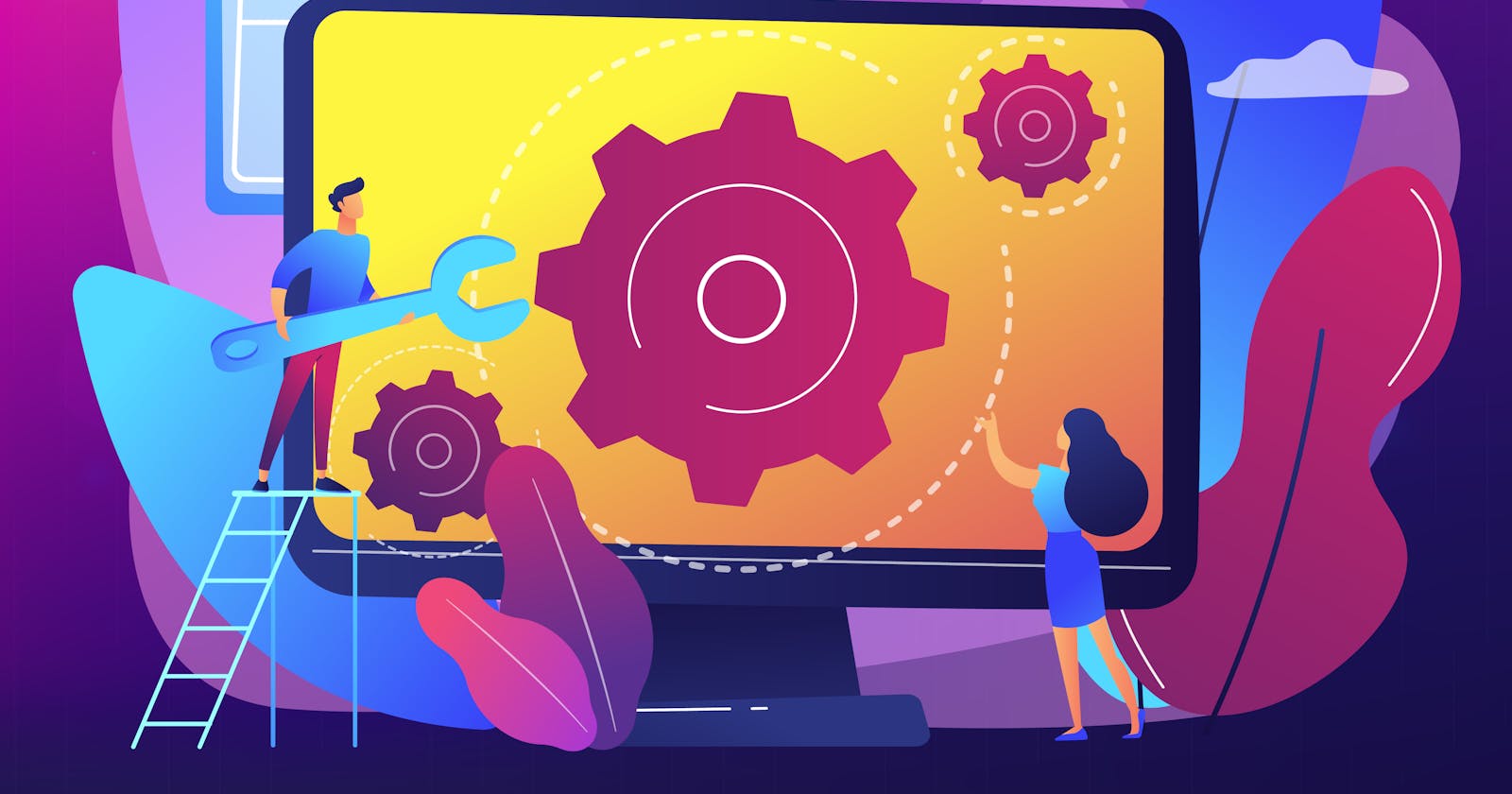Software Maintenance & Support Services- A Guide for 2023
Maximizing Software Performance and Longevity: A Comprehensive Guide to Effective Maintenance and Support Services in 2023.
Introduction
Software maintenance and support services are essential for ensuring the long-term success of businesses in today's rapidly evolving technological world. This blog explores the significance of ongoing maintenance, different maintenance activities, practical support strategies, and the benefits of prioritizing these services.
By understanding the importance of software maintenance, businesses can ensure optimal performance, security, and user satisfaction. Let's understand the crucial role that software maintenance and support services play in securing sustained success over the long term.
Importance of Software Maintenance and Support Services
Software maintenance and support services are of paramount importance for businesses and organizations for several key reasons:
Ensuring Optimal Performance
Regular maintenance identifies and resolves performance issues, ensuring smooth operations and uninterrupted productivity.
Enhancing Security
Maintenance services apply security patches and updates to protect against cyber threats and vulnerabilities, safeguarding sensitive data.
Adapting to Changing Needs
Maintenance allows adding new features, enhancing functionalities, and integrating with other systems to meet evolving business requirements and user expectations. Partner with an experienced software development company to enhance your enterprise-level software at its best.
Maximizing Return on Investment (ROI)
Ongoing maintenance extends the lifespan of software, preserving its value and avoiding costly redevelopment efforts.
Improving Customer Satisfaction
Comprehensive maintenance and support services address issues promptly, provide technical assistance, and offer regular updates, leading to enhanced user experiences and customer loyalty.
Minimizing Downtime
Prompt resolution of software issues reduces downtime, ensuring uninterrupted operations and minimizing revenue loss.
Optimizing System Performance
Maintenance activities, such as performance tuning and code optimization, improve the overall efficiency and speed of the software.
Ensuring Compatibility
Maintenance services ensure software compatibility with evolving hardware, operating systems, and third-party integrations, avoiding compatibility issues and system failures.
Regulatory Compliance
Maintenance helps keep software up-to-date with changing regulations and compliance standards, avoiding legal and financial consequences.
Preserving Competitive Edge
Software that is properly maintained empowers businesses to maintain a competitive edge by swiftly adapting to market demands and providing exceptional user experiences.
Different Types of Software Maintenance Activities
Software maintenance involves various types of activities to preserve and improve software functionality. The primary types of maintenance activities are:

1.Corrective Maintenance
Focuses on identifying and fixing software issues and defects to restore proper operation.
2.Adaptive Maintenance
Modifies the software to accommodate changing business requirements and user needs, ensuring compatibility and flexibility.
3.Perfective Maintenance
Optimization and usability improvements enhance software quality, performance, and user experience.
4.Preventive Maintenance
Proactively identifies and addresses potential issues to prevent future failures and improve system reliability.
Each type of maintenance activity serves a specific purpose in ensuring the long-term success of software.
Now, let's discuss,
Strategies for Effective Software Maintenance and Support
To guarantee efficient software maintenance and support, take into account the following approaches:
Set Clear Maintenance Objectives
Define specific goals aligned with business objectives to prioritize maintenance efforts effectively.
Be Proactive
Monitor, test, and analyze the software regularly to identify potential issues and implement preventive measures.
Efficient Issue Tracking and Management
Utilize issue tracking systems to promptly prioritize and resolve reported issues.
Regularly Update and Patch
Stay updated with software updates, security patches, and bug fixes to improve stability and security.
Maintain Comprehensive Documentation
Document software architecture, codebase, and known issues for easier troubleshooting and knowledge transfer.
Foster Collaboration and Communication
Encourage communication between developers, maintenance teams, and users for efficient issue resolution.
Prioritize User Support and Training
Provide comprehensive user support channels and training to enhance user experience and accurate issue reporting.
Conduct Regular Audits
Review codebase, configurations, and dependencies to identify vulnerabilities and optimize performance.
Allocate Adequate Resources
Assign skilled resources, tools, and infrastructure to resolve issues promptly.
Continuous Monitoring and Evaluation
Monitor performance, user feedback, and emerging technologies to identify areas for improvement and future enhancements.
By implementing these strategies, businesses can effectively maintain and support their software, ensuring optimal performance, minimal disruptions, and user satisfaction.
Conclusion
Effective software maintenance and support services are vital for businesses to ensure optimal performance, security, and user satisfaction. By implementing strategies, businesses can minimize disruptions and adapt to evolving needs. Prioritizing user support, audits, and continuous monitoring contributes to ongoing success.
